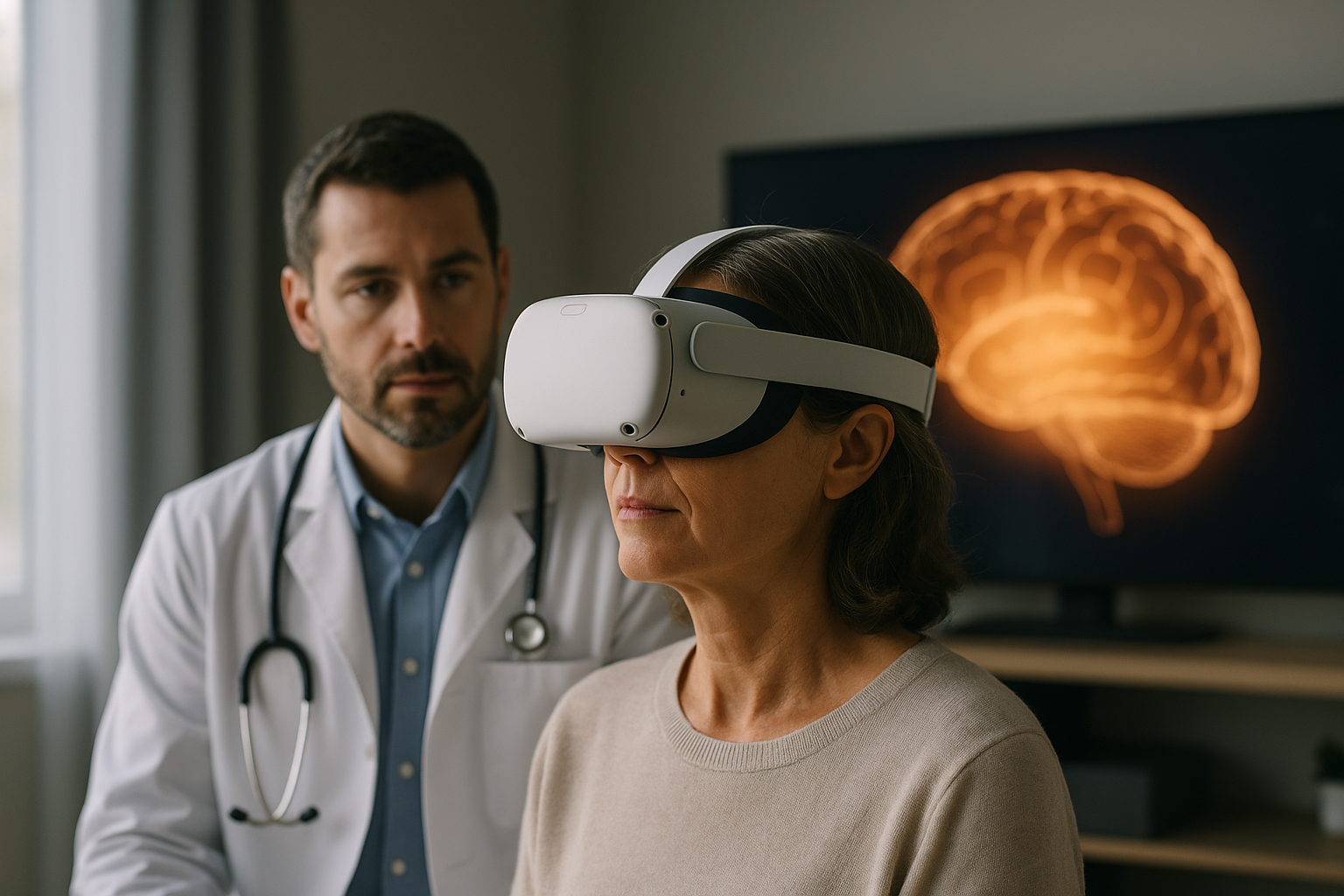Tardive Dyskinesia: A Comprehensive Guide to Symptoms, Diagnosis, and Treatment
Tardive Dyskinesia is a neurological movement disorder that may occur as a side effect of long-term use of certain medications, particularly antipsychotics. As understanding of this condition deepens, many individuals are seeking reliable information about symptoms, causes, diagnosis, and available treatment approaches. This guide explores what Tardive Dyskinesia is, how it manifests, and the current medical strategies used to manage and treat it effectively.

What Are the Primary Symptoms of Tardive Dyskinesia?
Tardive Dyskinesia symptoms and clinical presentation typically involve involuntary, repetitive movements that most commonly affect the face, mouth, and tongue. Patients may experience lip smacking, tongue protrusion, jaw movements, or facial grimacing. These movements can also extend to other body parts, including the arms, legs, trunk, and fingers. The symptoms often persist even when the person is sleeping and can significantly impact daily activities, eating, speaking, and social interactions. Early recognition of these movement patterns is crucial for prompt medical intervention and optimal treatment outcomes.
How Do Long-Term Antipsychotics Lead to TD Development?
The long-term effects of antipsychotics and TD are primarily related to dopamine receptor changes in the brain. Antipsychotic medications work by blocking dopamine receptors, but prolonged use can lead to receptor supersensitivity. When dopamine receptors become hyperactive due to chronic blockade, abnormal movements characteristic of Tardive Dyskinesia may emerge. First-generation antipsychotics like haloperidol and chlorpromazine carry higher risks compared to newer atypical antipsychotics. However, even second-generation medications can cause TD, particularly with extended use, higher doses, or in vulnerable populations such as elderly patients.
What Methods Are Used for TD Diagnosis and Evaluation?
Tardive Dyskinesia diagnosis and evaluation methods involve comprehensive clinical assessments using standardized rating scales. The Abnormal Involuntary Movement Scale (AIMS) is the most widely used diagnostic tool, evaluating movement severity across different body regions. Healthcare providers also conduct thorough medical histories, reviewing medication timelines and dosages. Differential diagnosis is essential to rule out other movement disorders like Huntington’s disease or Parkinson’s disease. Video recordings may be utilized to document symptom progression and treatment response. Some specialists may also perform brain imaging studies to exclude other neurological conditions that could mimic TD symptoms.
Which Treatment Options Are Currently Available?
Treatment approaches for Tardive Dyskinesia focus on symptom management and prevention of progression. The FDA has approved specific medications including deutetrabenazine (Austedo) and valbenazine (Ingrezza) as first-line treatments for TD. These vesicular monoamine transporter 2 (VMAT2) inhibitors help reduce abnormal movements by regulating dopamine levels. Additionally, healthcare providers may consider adjusting or discontinuing the causative antipsychotic medication when clinically appropriate. Botulinum toxin injections can provide relief for localized symptoms, particularly in facial muscles. Deep brain stimulation represents an emerging treatment option for severe, treatment-resistant cases.
How Is TD Documented Using Medical Coding Systems?
ICD-10 coding guidance for Tardive Dyskinesia utilizes specific diagnostic codes for accurate medical documentation and billing purposes. The primary code G24.01 represents drug-induced dystonia, while G25.71 specifically identifies drug-induced movement disorder. Healthcare providers must document the relationship between medication use and symptom onset, including the specific causative agent when known. Proper coding ensures appropriate reimbursement for treatments and facilitates research data collection. Medical coders should also include relevant Z-codes for medication history and external cause codes when applicable. Accurate documentation supports continuity of care and helps track treatment outcomes across healthcare systems.
What Are Current Treatment Costs and Provider Options?
Treatment costs for Tardive Dyskinesia vary significantly depending on the chosen therapeutic approach and geographic location. VMAT2 inhibitor medications typically represent the highest expense, with monthly costs ranging from $6,000 to $8,000 before insurance coverage. Many patients benefit from manufacturer patient assistance programs and insurance coverage that can substantially reduce out-of-pocket expenses.
| Treatment Option | Provider/Manufacturer | Monthly Cost Estimation |
|---|---|---|
| Deutetrabenazine (Austedo) | Teva Pharmaceuticals | $6,500-$7,500 |
| Valbenazine (Ingrezza) | Neurocrine Biosciences | $6,000-$7,000 |
| Botulinum Toxin Injections | Various Specialists | $300-$800 per session |
| AIMS Assessment | Neurologists/Psychiatrists | $200-$400 per visit |
Prices, rates, or cost estimates mentioned in this article are based on the latest available information but may change over time. Independent research is advised before making financial decisions.
Conclusion
Tardive Dyskinesia represents a significant neurological condition requiring comprehensive understanding and appropriate medical management. Early recognition of symptoms, proper diagnostic evaluation, and timely treatment intervention can substantially improve patient outcomes and quality of life. While the condition poses challenges, advancing treatment options including FDA-approved VMAT2 inhibitors provide hope for effective symptom management. Patients experiencing potential TD symptoms should seek prompt medical evaluation from qualified healthcare professionals who can provide personalized treatment strategies based on individual needs and circumstances.
This article is for informational purposes only and should not be considered medical advice. Please consult a qualified healthcare professional for personalized guidance and treatment.




